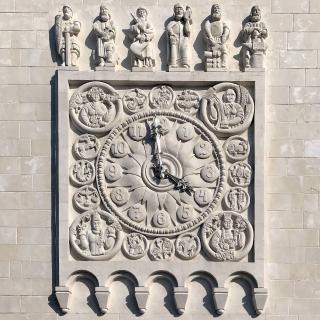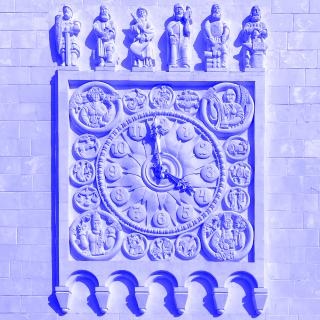Topic
Imagining Cultural Heritage in Soviet Russia
The project investigates social and cultural meanings of tangible cultural heritage among restorers, volunteers, and architects who worked with or were influenced by ancient Russian monuments in the 1960s–1980s Soviet Russia.

Imagining Cultural Heritage in Soviet Russia 1965–1991
The project investigates the transformation of heritage imaginations in the European part of Soviet Russia from the 1960s to the 1980s. As shown in recent research, preserving, studying, and visiting heritage monuments were of fundamental importance for the post-World War II Soviet Russian society. Opposing the increasing disillusionment with the Soviet regime, since the 1960s the government began to exploit these practices for the purpose of unifying the population.
The study aims to examine the social and cultural meanings of architectural and artistic heritage to enhance our understanding of public sentiments and social mobilisation at the end of the Soviet era. In the project’s first part, the perception of heritage will be analysed by investigating discourses »from below« , i.e. of local professionals and activists voluntarily engaged in Russian heritage-related activities. The second part will study the influence of heritage images on Soviet modernist architecture. It provides a new perspective on late Soviet architecture which had a particular historicist or national branch. The research is based on case studies using archival sources, ego-documents, and interviews.

